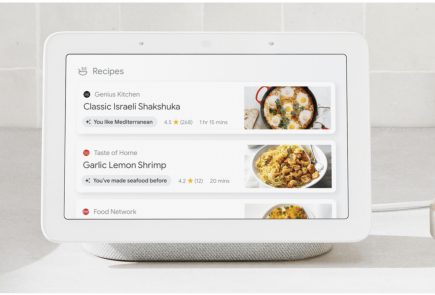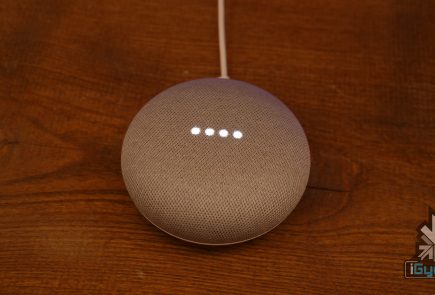Google Resurrects Google Glass
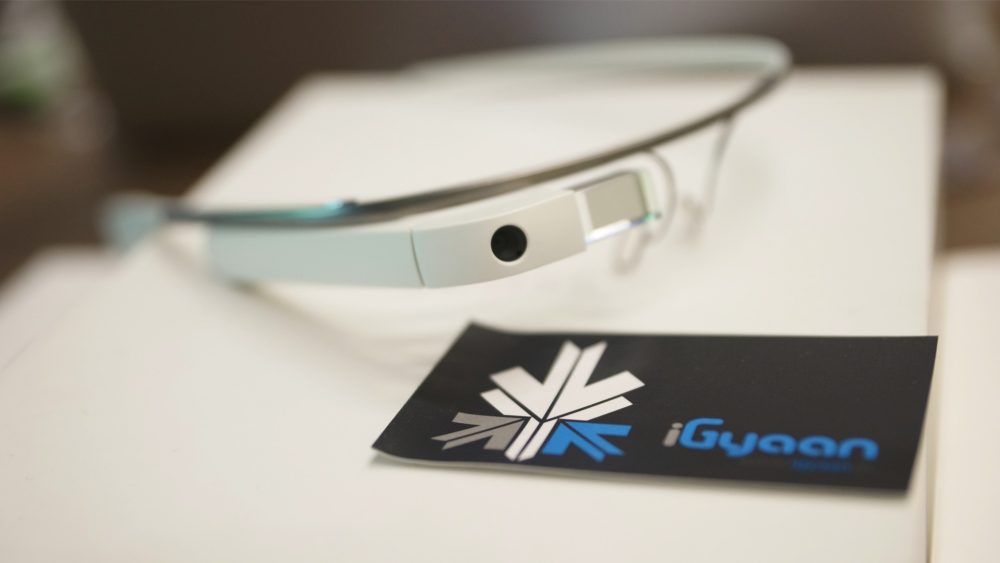
The original Google Glass was designed to log everyday life events, answer random search queries etc. The Glass designers expected people to live their lives in tandem with a wraparound frame and a tiny computer screen hovering over their eye. The glory of the consumer version of Google Glass was expected to take the streets by storm. But this glory was short lived as the initial users faced many problems with the Glass, delivering less than it promised and was further criticised for privacy violation. After three years of efforts to keep the product afloat, Google’s parent company, Alphabet and its sister company, the “moonshot factory” decided to shut down the operation. Later, few reports surfaced indicating that Alphabet had a small team working on a new version of Google Glass – Glass 2.0, for workplace. Google launched the Google Glass Enterprise Edition, officially resurecting the wearable as a workplace tool.
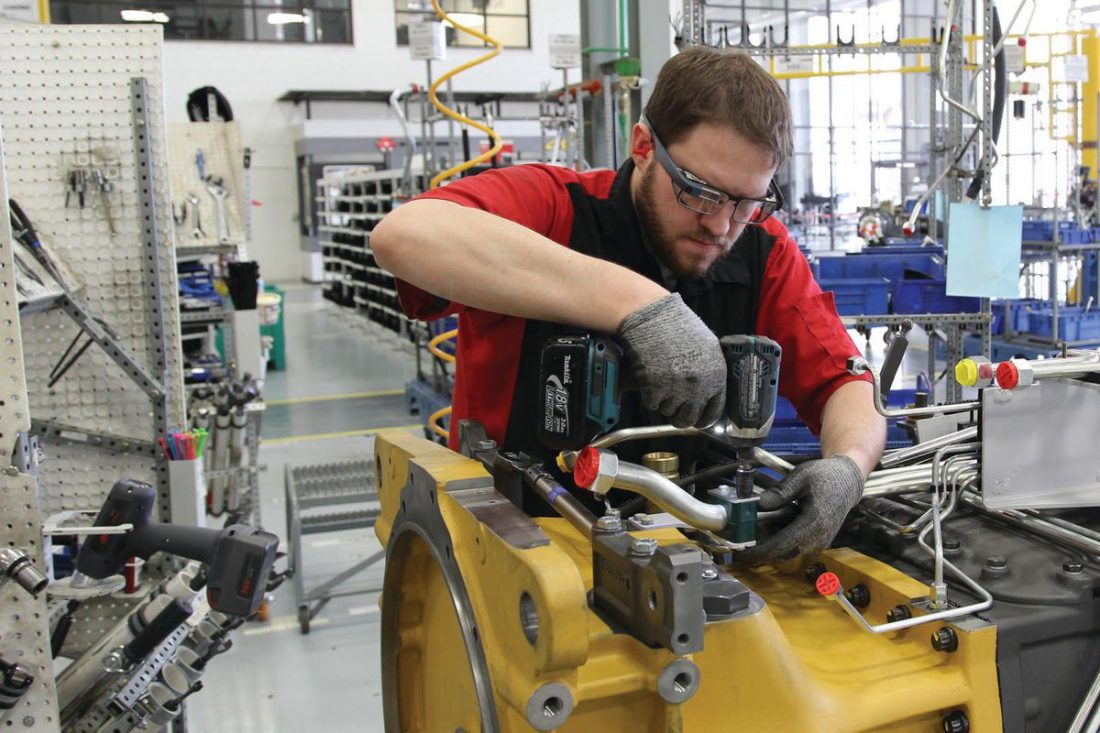
Workers will wear the headset to get hands-free guidance on tasks while keeping their eyes on their work. As to how the wearable works, the Glass 2.0 is not very different from its earlier prototype. The Glass places the information or messages in the wearer’s field of view. Built to support both regular frames and safety glasses, workers can activate their company specific softwares with command “OK, Glass, proceed.” The new Enterprise Edition Glass can be connected with other devices and has more processing power, extended battery life, faster Wi-Fi and a superior 8MP camera(an upgrade from earlier 5MP model). The major difference between the original Glass and the enterprise version is the new red LED light that turns on when recording video(Google’s way of addressing privacy concerns) and a detachable ” Glass Pod ” that can be reattached to Glass-compatible frames, which can also include things like safety goggles and prescription glasses.
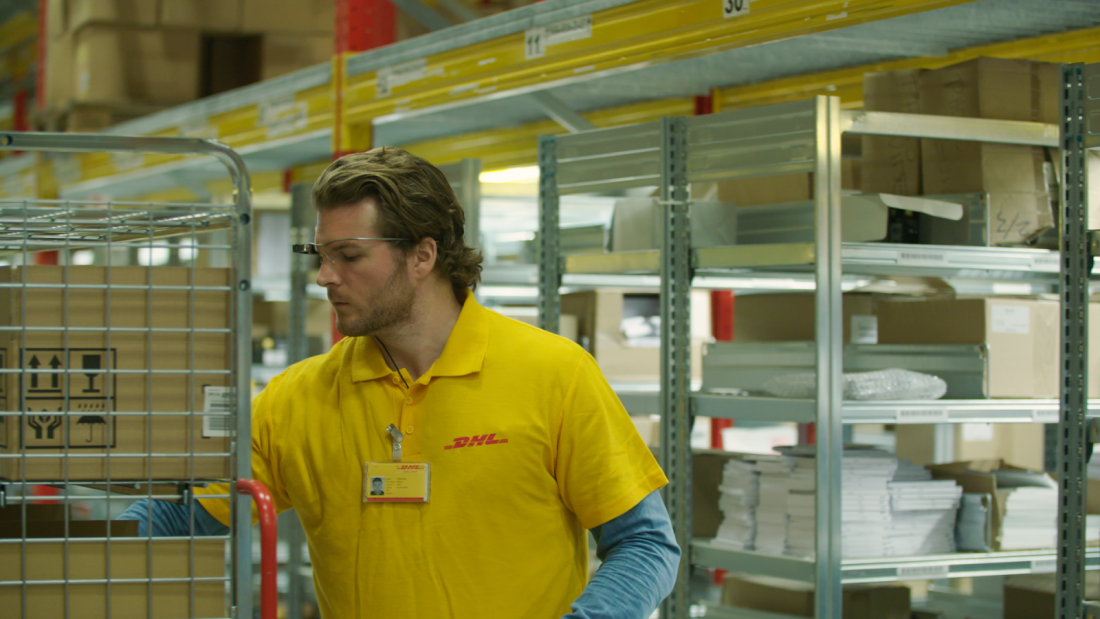
Now that the Glass 2.0 has been officially introduced as a workwear tool, Boeing, GE, DHL, and Volkswagen have started testing the headset in hopes of expanding their pilot programs into full-fledged adoption. The glass has also been reported to increase the efficiency of mechanics by 8-12%, with the help of custom software designed by Upskill.
A pilot project with doctors has also led to some interesting help tools art their disposal.Using Glass with Augmedix, doctors at Sutter Health estimate that they have reduced the amount of time they spend on electronic health record keeping.
Glass has brought the joys of medicine back to my doctors. – Dr. Albert Chan, Sutter Health
Though off to a strong start, the company is facing competion with already existing smart-glasses upstarts like Vuzix, ODG, and Epson. While its still too early to speculate the success of Alphabet’s workplace-focused Google Glass Enterprise Edition, it is sill enough to offer the Google Glass a second shot in the smart-glass world.
















